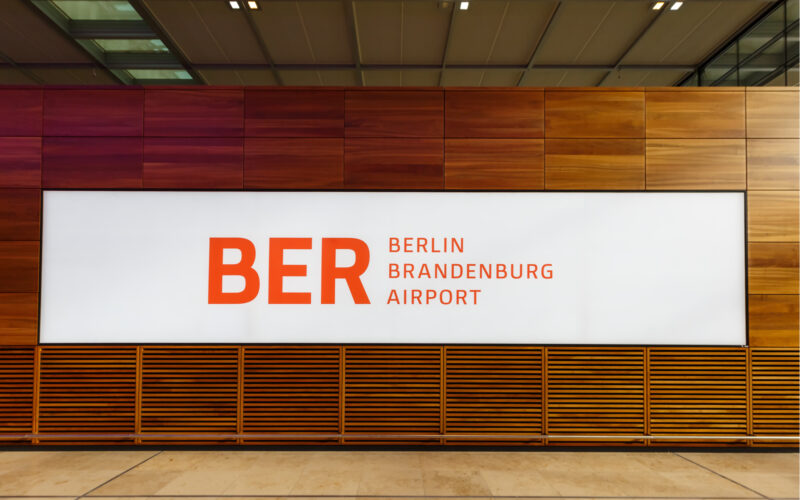Engelbert Luetke Daldrup did what few people thought would ever happen. He opened Berlin’s much-delayed new airport.
After four-and-a-half years in charge, Daldrup stepped down on September 30, 2021. AeroTime News takes a look at Berlin Brandenburg Airport (BER), one of Germany’s most ill-fated and embarrassing construction projects.
For a country renowned for its efficiency, most onlookers were amazed at how long it took Berlin to open its new airport. The city wanted a new international airport to cement its role as a newly reunified capital after the fall of the Berlin Wall in 1989, and replace its three Cold War-era airports, Tempelhof, Tegel and Schoenefeld.
For many years, visitors to Berlin, the capital of Europe’s most powerful economy, flew into smaller airports that were crowded and in dire need of modernization.
It took several decades from when plans for a single airport for Berlin were first mooted to its official opening on 31 October, 2020, right in the middle of a global pandemic.
Once construction eventually started in 2006 after legal challenges, the opening of BER had to be delayed several times due to an ever-growing list of technical problems. Notably, the June 3, 2012 opening date was called off with less than a month to spare, causing massive headaches for airlines and retailers, which had already started setting up operations at the new airport.
That delay was caused by fire safety problems, namely that systems installed to help remove smoke did not work. Desperate attempts to use humans as a stop-gap solution to operate parts of the smoke removal system, unsurprisingly, failed to win the approval of inspectors.
Many other issues reared their ugly heads. Miles of cabling had to be checked. The supports for the ventilation system needed to be strengthened because some of the ventilators were too heavy. Doors seized up after not being used. The screens in the terminal all had to be replaced. A building contractor went bust. Tourist shops even started selling souvenirs describing BER as the “permanent building site”.
Costs spiralled out of control, soaring to €6 billion ($7 billion) from an original €2.7 billion ($3.1 billion).
Relative calm
Daldrup, a minister for airport policy in Berlin’s regional government, took over in 2017, ushering in a period of relative calm after a troubled few years of delay announcements, revelations of construction problems and management changes.
In November 2019, he set a date for the opening. And stuck to it.
When announcing plans for the opening ceremony in 2020, Daldrup acknowledged that the delays had made Germany and its capital a “laughing stock”.
“We German engineers were ashamed,” Daldrup told a news conference on September 29, 2020, explaining that there would be no big party for the opening.
Of course, the opening also took place in the midst of the COVID-19 pandemic and the global grounding of passenger traffic.
“The irony is that it’s typical of BER to never be able to open an airport. And finally, when they somehow managed to finish it and open it, no one needed an airport at all,” said aviation journalist Jens Flottau, who was present at the “subdued” opening ceremony on October 31, 2021.
Dalderup retired on September 30, 2021, passing over the running of the airport to finance head, Aletta von Massenbach.
“We worked hard, it was a great team effort. And at the end, we managed to come up with a realistic plan, which we stuck to. It was hard work. It wasn’t easy,” Daldrup said on his last day during a brief press conference at BER.
„Airportmacher“, „Flughafeneröffner“, „Drängelbert“, „Tatortreiniger“ und ab morgen Rentner. Mach es gut, ELD pic.twitter.com/T3IxBojDxW
— BER Corporate News (@ber_corporate) September 30, 2021
Daldrup also said he had enjoyed hosting some events at the airport during his last few days in charge, noting that the atmosphere had definitely changed from the dark, quiet days of winter 2020.
“This summer we were finally able to experience for the first time the airport in full swing. It was how we had imagined the airport to be the whole time. After all, once we opened, we had to close the shops three days later. It was a very sad winter at BER, with very little traffic. And now we are two-thirds full in Terminal 1 and that’s a good feeling,” Daldrup said.
“For me, it’s all’s well that ends well.”

